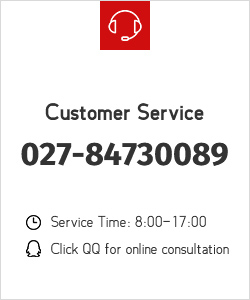IOT
Smart Water Meter -- NB-IOT smart water meter
Internet of Things water meters can be divided into CDMA water meters, GPRS water meters and NB-iot water meters according to the data transmission mode. CDMA and GPRS belong to 2G communication technologies, which increase the difficulty and cost of management due to the security of data transmission and data itself, high power consumption of intelligent water meter devices and weak wireless network coverage. Nb-iot belongs to the special communication network of the Internet of Things. Meanwhile, NB-IOT has the advantages of high security, wide coverage, low power consumption and large connection.
Internet of Things water meters can be divided into small diameter water meters (DN15-DN40) and large diameter water meters (above DN50) according to their diameters. Small-caliber water meters are mainly used at the user end, with low frequency requirements for meter reading and no need to upload data in real time, mainly to meet meter reading and realize human labor liberation. Large-caliber water meters are divided into measurement meters and assessment meters. The main function of measurement meters is to read water consumption remotely, while the assessment meters need real-time water consumption data to achieve the function of assessment and analysis.
Traditional water meters can no longer meet the existing use needs and solve the problems existing in the current water supply industry, while the use of water meters in the Internet of Things can ensure reliable, timely and effective data transmission. However, with the application of NB-iot technology, the shortcomings of GPRS and CDMA water meters can be remedied and the problems of signal coverage and power consumption can be effectively solved. At present, nB-iot meters are being used more and more widely in the water supply industry.
The composite capacitor battery independently developed by the company can well meet the technical performance requirements of the battery in the application environment. Composite capacitance (HPC) is maintenance-free, wide temperature, long life, high capacity and large current pulse. Energy-type li-thioyl chloride battery (ER) has high voltage platform and low self-discharge rate, which can meet the requirements of various Internet of things applications. Composite capacitive battery (ER+HPC) has the characteristics of high voltage platform and large pulse, which can better meet the transmission speed and stability of big data in the Internet of Things.














